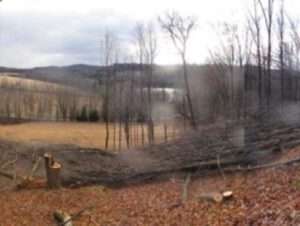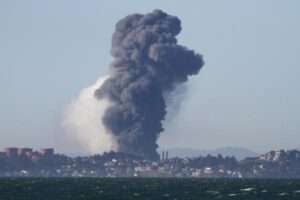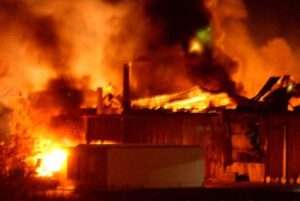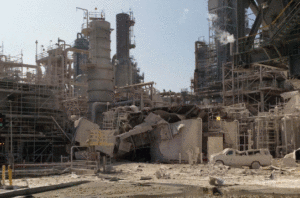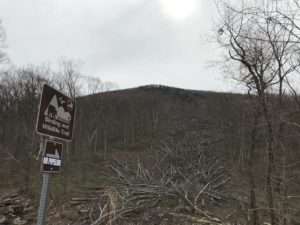
New Dominion
How a grassroots groundswell, legal challenges and political and technological sea changes combined to force Virginia’s most powerful company to abandon the Atlantic Coast Pipeline, pivot from natural gas and onto a cleaner energy path. “Hung up in the mountains” Tom Hadwin took a sip

